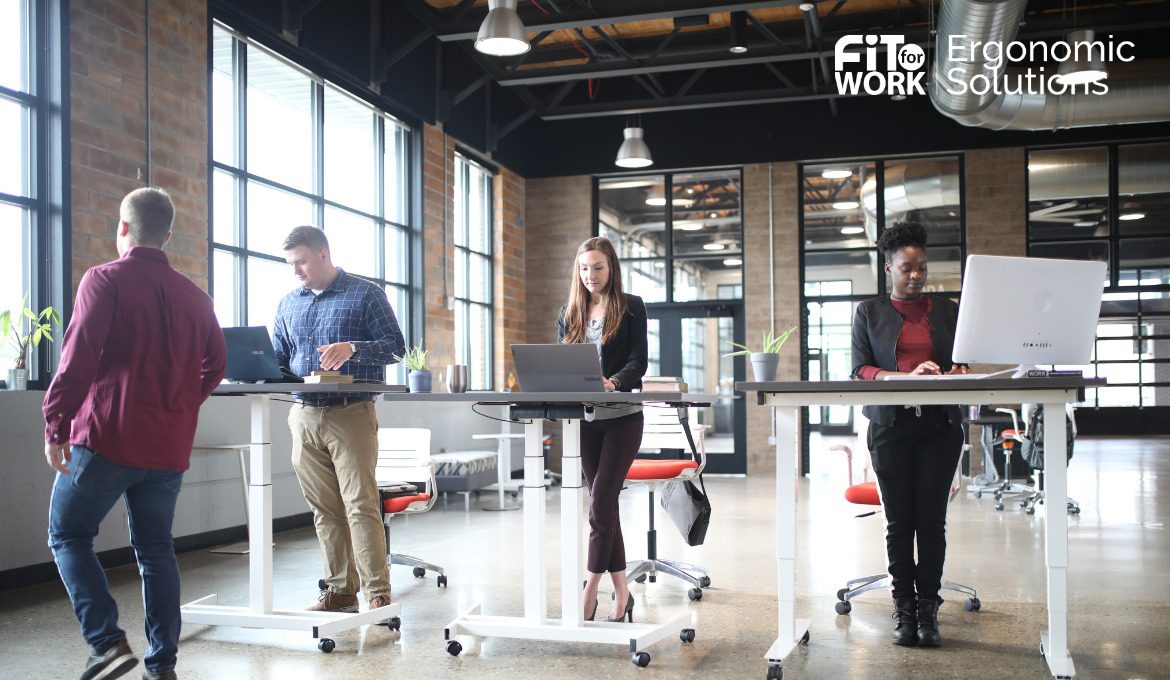We all know the Goldilock fairy tale, where a child named Goldilocks, due to her blond hair, comes across a house in the woods belonging to bears. In the story, the tree bears cook porridge but it is too hot to eat. The three bears decided to take a walk outside as it cools. Goldilock enters the house and starts eating from the three bowls of porridge, where two bowls were too cold or too hot. In the house, she finds another bowl of porridge that has just the right temperature, a chair that is neither too hard nor too soft. After she finished the porridge, she tries the bed and goes for the one that is neither too hard nor too soft. This is the Goldilocks Principle.
How does it work? Choosing and going for something that is not too easy nor too difficult, not too hot nor too cold, not too hard nor too soft, not too much nor too less, just choosing the right amount.
Goldilocks Principle in Ergonomics
Everyone knows that physical activity is good for your health. However, the wrong type of activity can be bad for your body or health. For example, too much rotation can lead to discomfort, too much performing the same action can lead to musculoskeletal injury, and too prolonged standing can lead to varicose veins.
On the other hand, not enough physical activity can lead to heart disease, including obesity, fatigue, high blood pressure, or type 2 diabetes. The World Health Organization recommends that adults aged 18-64 should do at least 150 minutes of moderate-intensity or 75 minutes of vigorous-intensity physical activity throughout the week. Alternatively, the WHO recommends an equivalent combination of moderate- and vigorous-intensity activity. Too much nor too little physical activity is linked to mental and physical health.

How much is ‘Just Right’?
Organizations and employees face difficulties related to the workplace and physical health. The Goldilocks principle in ergonomics is to promote the balance between work productivity or physical activity and physical health. How to find just the right balance? Many workplaces are designed to be in a sitting position all day.
The main cause of many workplace discomfort concerns is poor posture and sedentary behavior. Alternating between sitting, standing, and moving is a modern challenge. A standing desk on its own solves neither. You might notice that excessive sitting causes tightness and discomfort in the hips and lower back for example. However, standing for long periods can also cause muscle tightness and discomfort. Many of these issues will be improved by regular movement regardless of your preferred working posture. The alternation is more important than the amount of standing work.
Remember we all know that physical activity or inactivity at work is a challenge. Using the Goldilocks Principle offers a new vision of work design that can help with major problems such as physical and mental wellbeing in the office.
How can Fit for Work help?
To learn more about setting up or managing an ergonomics programme that supports staff working from home or in the office or support with staying legally compliant, you can reach out to Fit for Work. For more information on our Ergonomics Self-Assessment and Education Tool, contact us.


